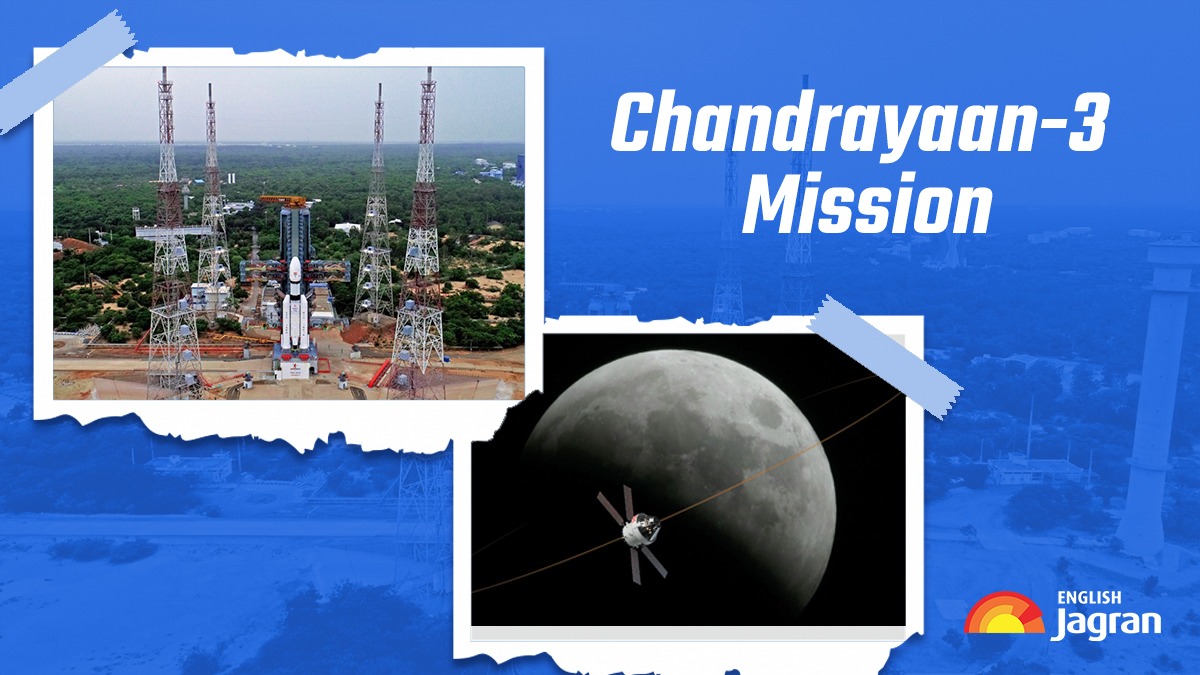- By Radha Basnet
- Tue, 22 Aug 2023 01:04 PM (IST)
- Source:JND
Chandrayaan-3 Moon Landing: The countdown begins as Chandrayaan-3 is all set to make a soft landing on Moon's south pole on Wednesday, August 23. If the mission goes well, India will become the fourth country to successfully land on the moon, after the United States, China and the former USSR.
ALSO READ: Chandrayaan-3: Vikram Lander Inches Closer To Moon; Know Key Facts About India's Lunar Mission
The Chandrayaan-3 mission was launched on July 14 from India's main space centre in the southern state of Andhra Pradesh which successfully entered lunar orbit on August 5. The world's eyes are on Chandrayaan-3 as it is going to explore the south pole, a region believed to have water that could serve as a source of oxygen for upcoming moon missions.
Why Landing On The South Pole Is Challenging
The polar regions of the moon are very unique and challenging. There are several places that are completely in the dark, where the sun never shines and the temperature can fall below 230 degrees Celsius. Low temperatures and a lack of light make it difficult for instruments to operate. Apart from that, there are a tonne of large craters scattered everywhere, ranging in size from a few centimetres to thousands of kilometres.
Why India Wants To Explore The Lunar South Pole
Due to its hostile climate, the polar regions of the Moon have not been explored. However, several Orbiter missions have shown that it would be worthwhile to explore these regions. The deep craters in this area show signs of having significant concentrations of ice molecules. In fact, India's Chandrayaan-1 mission, which launched in 2008, used its two onboard instruments to detect water on the lunar surface.
Additionally, anything imprisoned here would practically remain constant over time due to the extremely low temperatures in this region. As a result, the moon's north and south poles' soil and rocks might contain information about the early Solar System.

